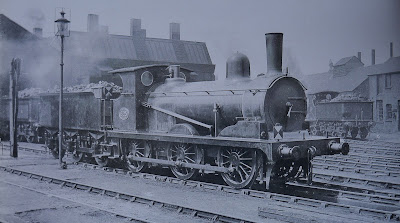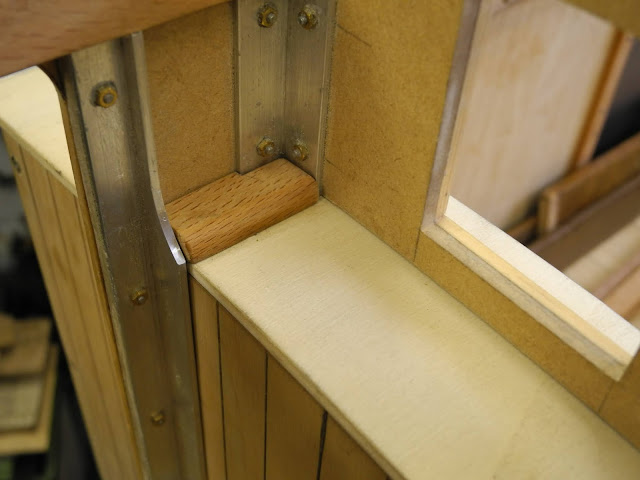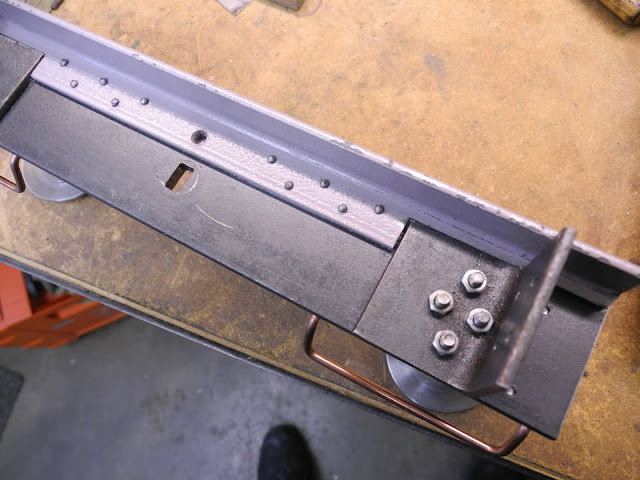Finally an update again on the beer wagon. Not that there was no time for model engineering, but the time was spent on a new project. I started with a new 5" gauge loco; a Great Eastern Railway Y14 class 0-6-0 tender engine. This will be a British model, so I had to make the drawings and order the wheel castings, pressure gauges, injectors and books about this loco from the UK; and have them delivered before Brexit. So time was used in designing in Solidworks and finding useful information about this locomotive.
The new project GER Y14 class; a dedicated blog will be made later on.
First sketches in Solidworks.
The frames were laser cut in the Netherlands (
Laserworx.nl), with buffer beams and buffers, the first impression of the new locomotive.
All was delivered early December. In time for the Brexit deadline. So now I can continue on finishing the beer wagon.
Some wooden stops, to hold the brake mans cabin in place. This will be detachable, which is more convenient for transporting and storing the wagon once finished.
It slides into position from the top.
The buffer beam of the 7¼" wagon, in front of the frame of the new 5" loco. 1½ times bigger!
A supporting angle was needed for the rear plate; the base of the steps to the cabin.
A twist bend is needed for the side bars of the steps. This was drawn on the full size works drawings, that I have from the brake mans cabin.
The frame for the steps.
The steps, bend from 1,25 mm steel plate.
The small support brackets, ready to be chamfered by file
The steps on the rear buffer beam.
The cabin doors are made of steel also. They are not protected by a railing, so at the end of the model train, they have to be sturdy. A complete wooden door, as on the Omk wagon is maybe not strong enough.
Small hinges, recycled from a piano hinges.
Soldering a beading edge to the doors.
The top of the beading had to be cut and filed to shape.
It's made of 0.8 mm thick steel plate.
Next job; finishing the cabin doors and making the window frames.





















































